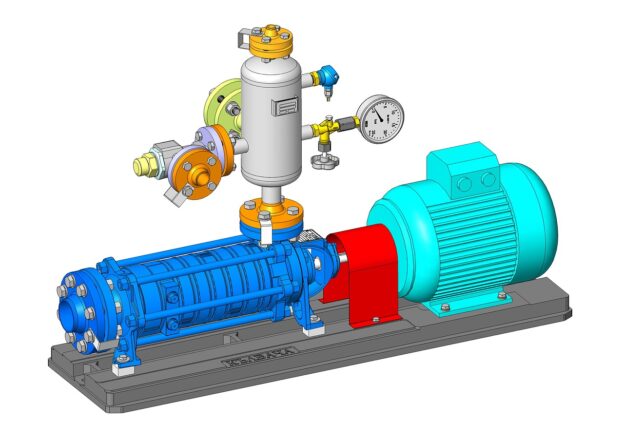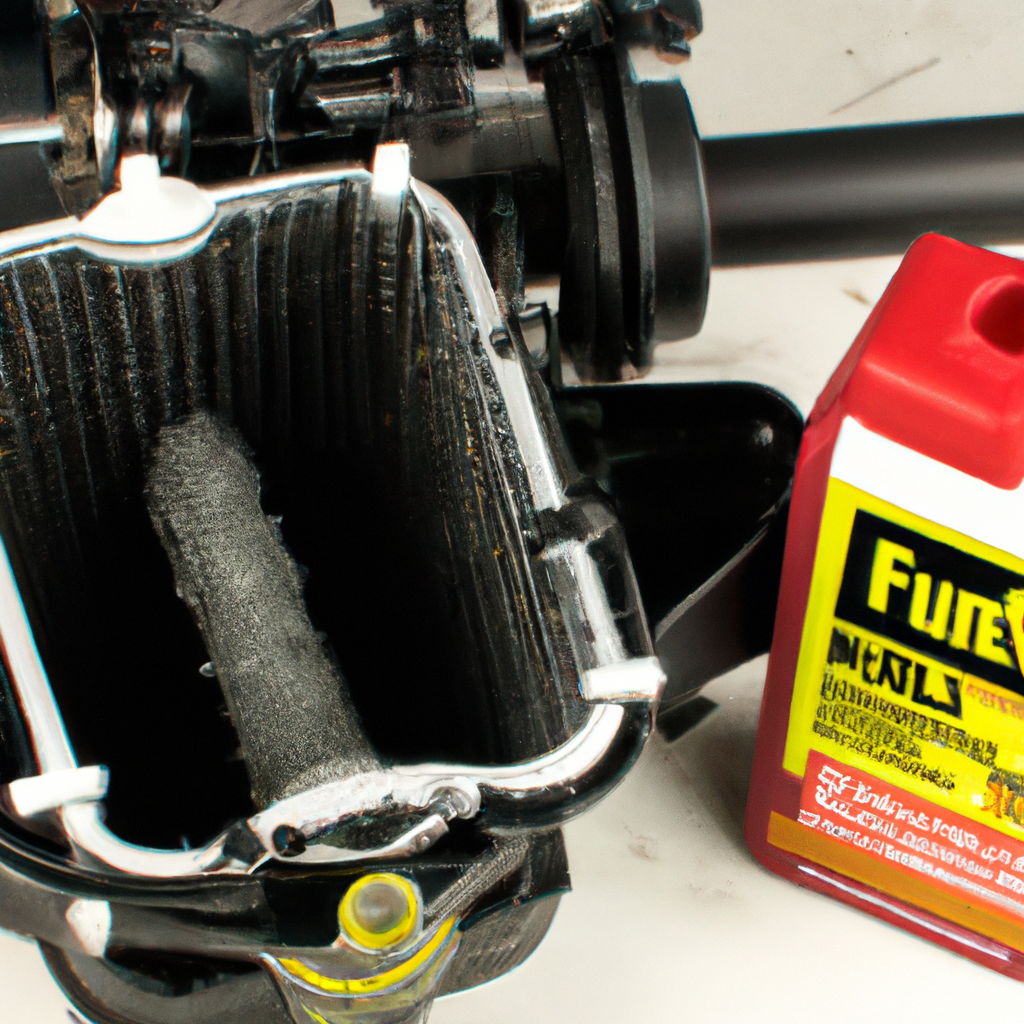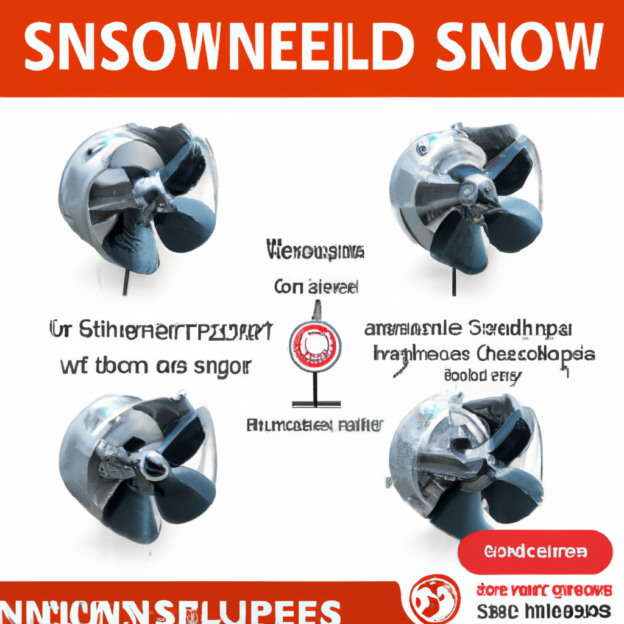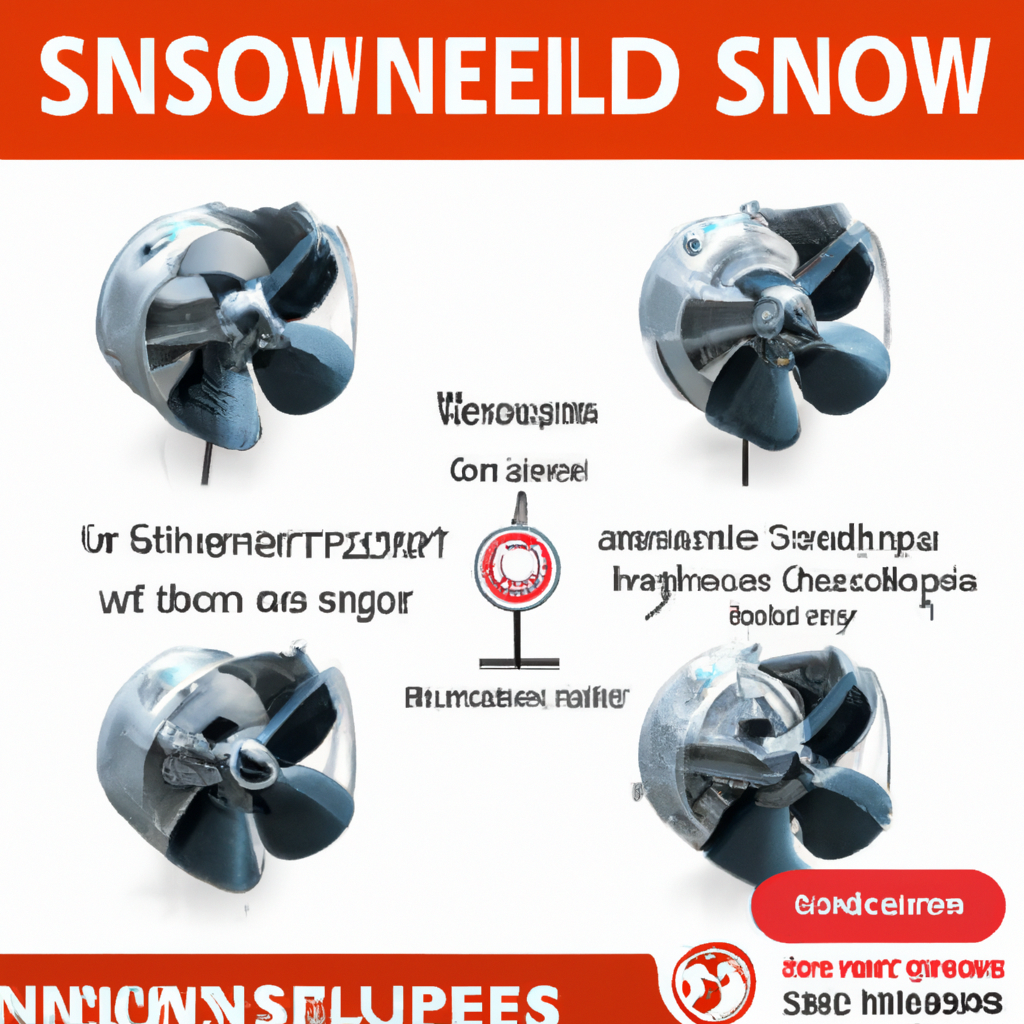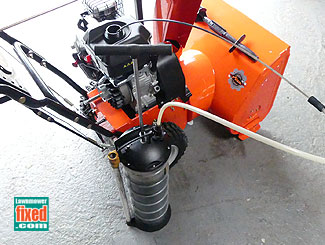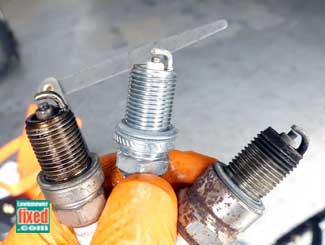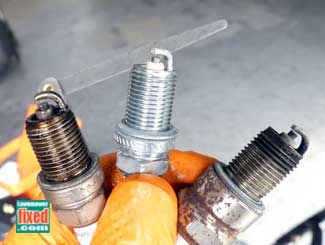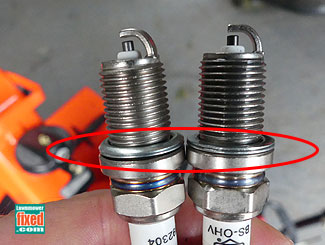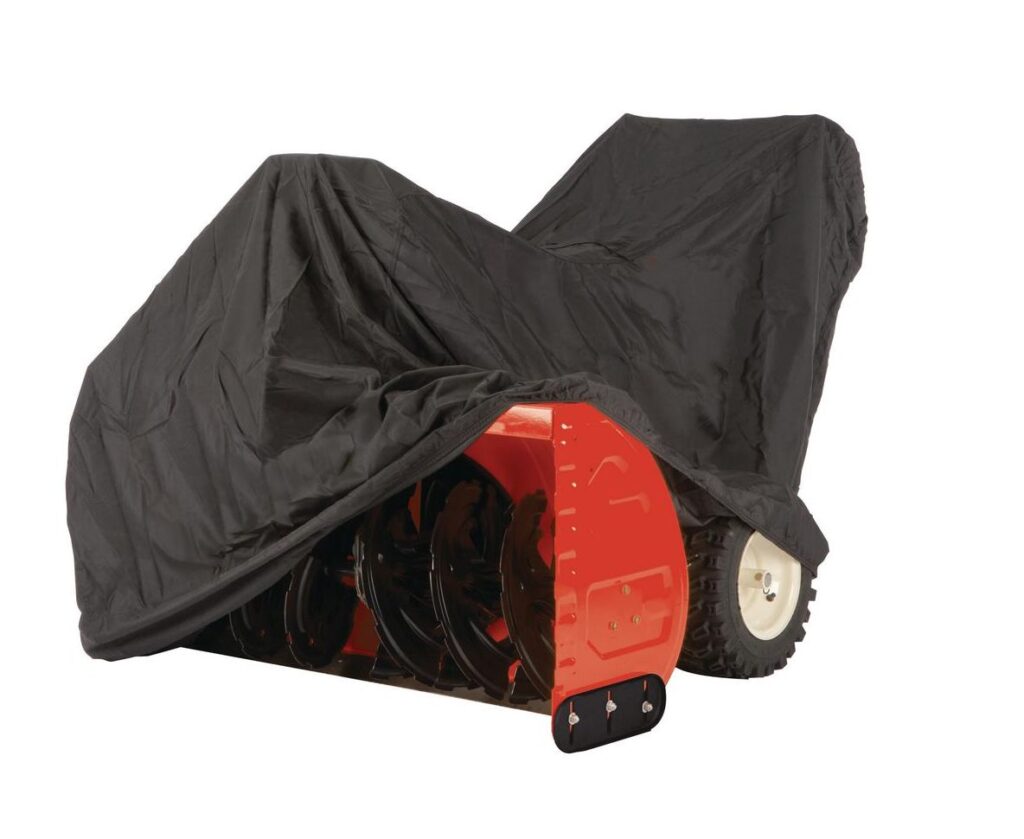So you’ve got a snowblower and it’s not running as smoothly as it used to? Well, one possible culprit could be a dirty carburetor. While it may seem like a daunting task to tackle, cleaning the carburetor of your snowblower doesn’t have to be rocket science. In this article, we’ll walk you through the steps to effectively clean the carburetor and get your snowblower back in tip-top shape for the winter season. Say goodbye to sputtering engines and hello to efficient snow clearing!
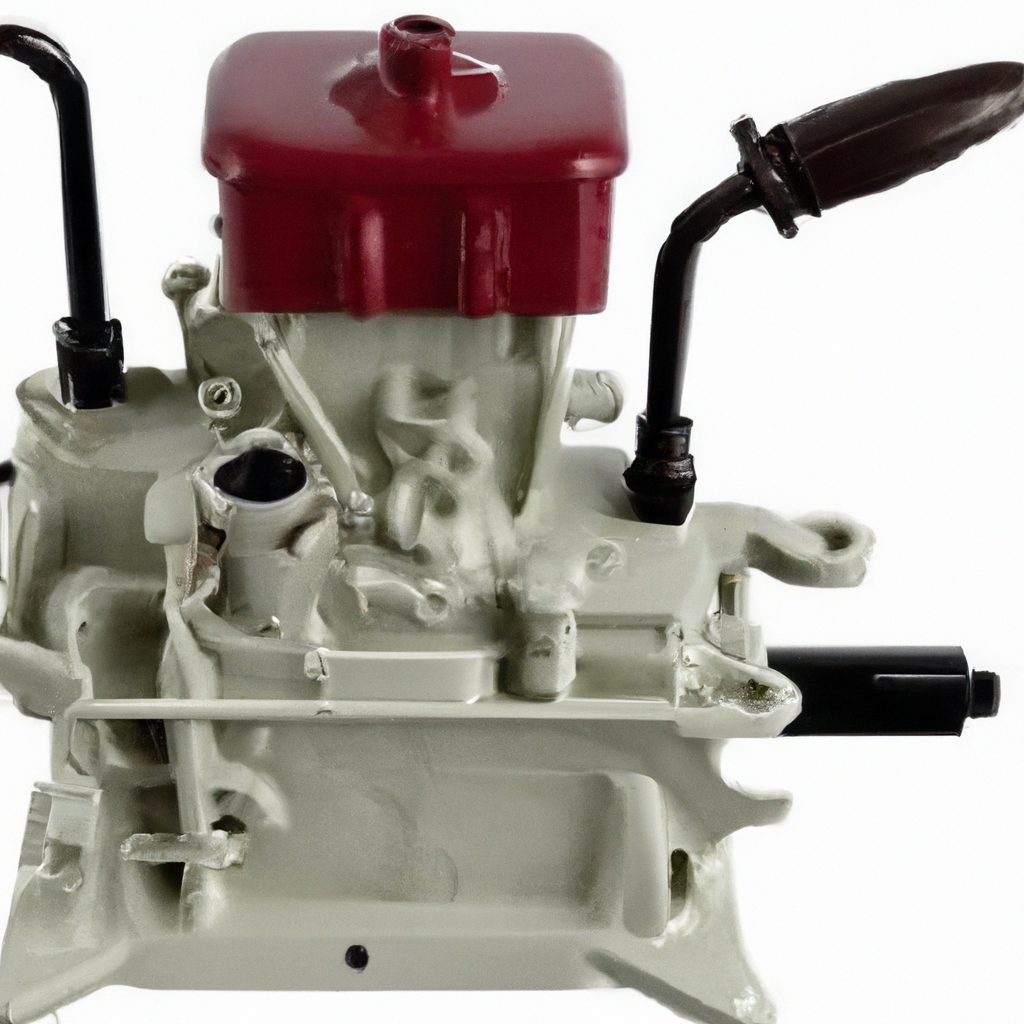
Preparing for Carburetor Cleaning
Before you start cleaning the carburetor of your snowblower, it’s important to gather all the necessary tools. You’ll need a socket set, screwdrivers (both Phillips and flathead), pliers, a carburetor cleaner, compressed air canister, safety gloves, and safety goggles. Having all these tools at hand will make the cleaning process much smoother and efficient.
Next, you’ll want to disconnect the spark plug of your snowblower. This is an important safety precaution to prevent accidental starting of the engine while you’re working on the carburetor. Locate the spark plug wire and gently pull it off the spark plug. Keep it safely away from the spark plug to avoid any contact.
To ensure your snowblower stays in place while you work on the carburetor, it’s essential to secure it. You can use wooden blocks or sturdy clamps to keep it stable. This will prevent any accidental movement or tipping over during the cleaning process.
Locating the Carburetor
To clean the carburetor effectively, you need to locate it first. The carburetor is typically positioned near the engine, often on the side or top. Consult your snowblower’s user manual if you’re unsure about its exact location. Familiarizing yourself with the carburetor’s position will make it easier for you to proceed with the cleaning process.
Once you’ve found the carburetor, you’ll need to remove the air filter assembly to access it. The air filter assembly is usually held in place by a couple of screws or clips. Use the appropriate tool to remove them and carefully take off the assembly. Set it aside in a safe spot so you can put it back later.
Removing the Carburetor from the Snowblower
The first step in removing the carburetor is to drain the fuel system. Locate the fuel shut-off valve (if applicable) and turn it to the “Off” position. This will prevent fuel from leaking out during the removal process. Next, place a container or a cloth underneath the carburetor to catch any fuel that might still be in the system.
To disconnect the fuel line from the carburetor, you’ll need to use pliers to loosen the clamps that secure it. Once the clamps are loose, carefully pull the fuel line off the carburetor. Take your time and ensure that no fuel spills in the process.
Depending on your snowblower model, there may be several attachments connected to the carburetor, such as throttle cables or linkages. Take note of their positions and quickly snap a photo if needed. Carefully disconnect these attachments, ensuring you remember how they were connected for reassembly later.
Now that the fuel line and attachments are disconnected, you can proceed to unbolt the carburetor itself. Using the appropriate socket or wrench, remove the bolts securing the carburetor to the snowblower. Keep track of the bolts to ensure you don’t misplace them.
Disassembling the Carburetor
With the carburetor removed, it’s time to disassemble it for thorough cleaning. Start by removing the carburetor bowl, which is the bottom part of the carburetor. This is usually held in place by one or more screws. Loosen the screws and carefully take off the bowl. Be cautious, as there might be residual fuel present.
Next, you’ll need to take apart the float assembly. The float assembly controls the fuel flow within the carburetor. Locate the hinge pin that connects the float to the carburetor body and carefully remove it. Gently lift the float and needle valve out of the carburetor. Take note of the position and orientation of the float and needle valve.
With the float assembly removed, you can now focus on cleaning the jets and passages of the carburetor. These small orifices can easily get clogged with debris, affecting the carburetor’s performance. Use a carburetor cleaner and a small cleaning brush to thoroughly clean the jets and passages. Ensure that no blockages remain before moving on to the next step.

Cleaning the Carburetor Components
To clean the carburetor components effectively, you can start by soaking the disassembled parts in a carburetor cleaner. Follow the instructions on the cleaner packaging for the appropriate soaking time. This will help break down any residual fuel or dirt in the parts, making it easier to remove.
After soaking, use compressed air to blow out any remaining debris from the carburetor components. Pay close attention to the jets, passages, and any crevices where dirt may accumulate. The compressed air should dislodge and remove any stubborn particles, ensuring a thorough cleaning.
While cleaning the carburetor bowl, make sure to remove any gunk or buildup. Scrub it gently with a cleaning brush, ensuring all the surfaces are clean. Rinse it with water to remove any remaining cleaner solution and pat it dry with a cloth.
Similarly, clean the float assembly, ensuring there is no dirt or residue left on the float or needle valve. Check for any signs of wear or damage to these components. If necessary, you may need to replace them with new ones to ensure optimal carburetor performance.
Inspecting and Replacing Carburetor Parts
Before reassembling the carburetor, it’s important to inspect the diaphragm and gaskets for any signs of wear or damage. These components play a crucial role in the functioning of the carburetor. If you notice any tears, cracks, or deterioration, it’s recommended to replace them with new ones. Using damaged or worn-out parts can result in poor carburetor performance.
Ensure that you have the correct replacement parts for your specific carburetor model. Consult your snowblower’s user manual or contact a professional for guidance if needed. Replacing the diaphragm and gaskets will help maintain the carburetor’s efficiency and prevent future issues.
Reassembling the Carburetor
After inspecting and replacing any necessary parts, it’s time to reassemble the carburetor. Start by reattaching the float assembly to the carburetor body. Carefully insert the needle valve and align the float properly. Insert the hinge pin and ensure that the float moves freely without any obstructions or binding.
Now, you can install the carburetor bowl back onto the carburetor body. Align it correctly and tighten the screws securely. Ensure that the bowl is firmly attached and there are no leaks when reassembled. A properly sealed carburetor bowl is essential for the carburetor’s optimal performance.
Once the carburetor is reassembled, it’s time to secure it back onto the snowblower. Use the previously removed bolts and tighten them to secure the carburetor in place. Double-check that all the attachments and connections are properly aligned before proceeding to the next step.
Reconnecting the Fuel Line and Attachments
To restore the fuel supply to the carburetor, it’s essential to reconnect the fuel line. Slide the fuel line back onto the carburetor and use pliers to tighten the clamps securely. Ensure that the fuel line is properly seated and there are no fuel leaks.
Reattach any attachments that were disconnected earlier, such as throttle cables or linkages. Refer to the photo you took before disassembling, if necessary, to ensure the correct reconnection. Double-check each attachment to make sure it is securely and correctly in place.
Refilling the Fuel System
With the carburetor successfully reconnected, it’s time to refill the fuel system. Use clean fuel that is recommended for your snowblower model. Avoid using old or stale fuel, as it can degrade the carburetor’s performance. Fill the fuel tank to the appropriate level, following the manufacturer’s guidelines.
Testing the Carburetor
Before you consider the carburetor cleaning process complete, it’s crucial to test the snowblower to ensure proper functioning. Start by reconnecting the spark plug wire to the spark plug. Make sure it is securely and firmly in place, and double-check that you haven’t overlooked this crucial step.
Now, it’s time to start the snowblower. Follow the instructions in the user manual for starting the engine. Crank the engine and listen for smooth and steady operation. Pay attention to any unusual noises, vibrations, or issues with starting or running. Allow the snowblower to run for a few minutes to ensure everything is functioning as expected.
If you encounter any problems or notice any abnormalities, it’s recommended to consult a professional for further assistance. They can help identify any underlying issues or provide additional guidance for resolving the problem.
In conclusion, cleaning the carburetor of your snowblower is a task that can greatly improve its performance and longevity. By following the steps outlined in this guide and taking the necessary precautions, you can effectively clean the carburetor and ensure optimal functioning of your snowblower. Regular maintenance and cleaning of the carburetor will contribute to a smooth and hassle-free snowblowing experience.

